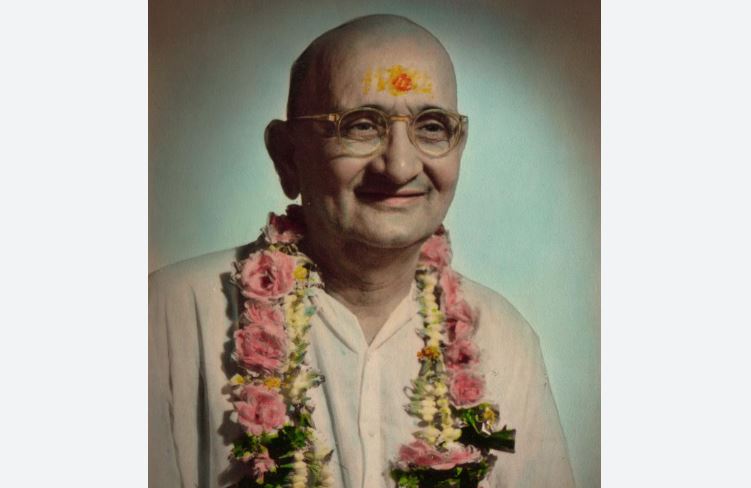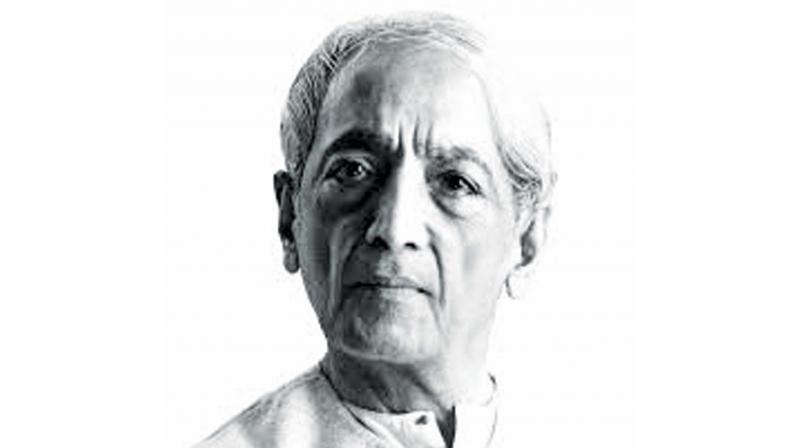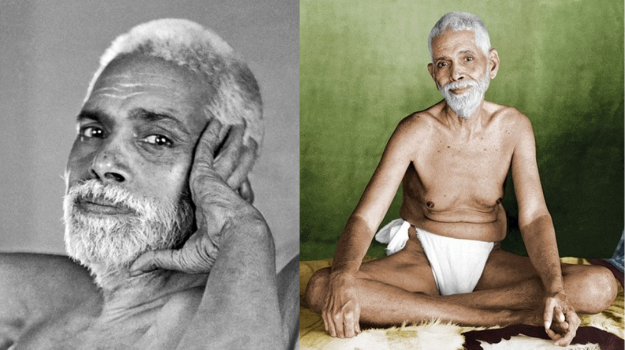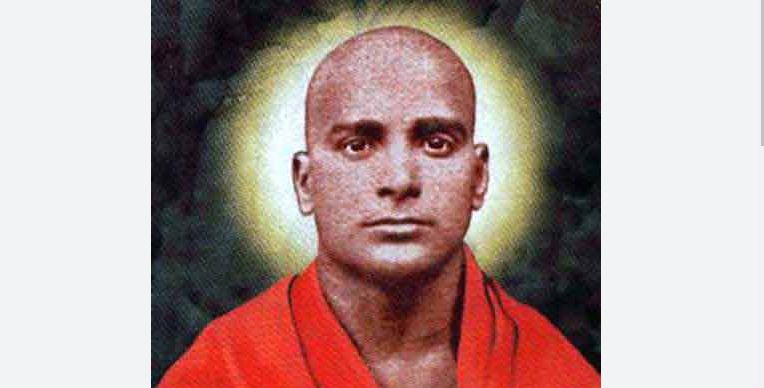
As the world appears, to anyone, it is shown in seeming pictures – physical, sensual and mental. These are pictures that have been created by changing acts of perception and conception, through our bodies and our minds. As our minds and bodies differ, so too their acts of picturing get to be different as well. The differences produce a great variety of pictures – at different times and places, and in different cultures and personalities.
But in the end, each picture must arise from the same complete reality of physical and mental world – which includes all times and places, together with all cultures and all personalities. Whatever picture may appear – of anything or to anyone – that complete reality is always implied, in the background of the picturing.
Each apparent picture is portrayed at the foreground of experience, by some act of picturing. This very act must express the reality from which it has arisen. That expressed reality is quietly implied. It stands utterly unpictured in the background, while changing pictures are portrayed on the seeming surface of the mind’s attention.
Accordingly, reality can be approached as a background screen, on which all pictures of the world are drawn. The screen is in itself unpictured – remaining everywhere the same, never varying at all. In this sense, of standing changeless underneath, that background is called ‘sat’ or ‘existence’.
But that background is no object in the world. Each object is a pictured element, appearing on the background screen. And each such element is lit by consciousness. The knowing light of consciousness is present through all pieces of the picturing.
Throughout all varied pieces of the pictured show, that light stays present with the screen.
The pictured pieces change and vary; but their background and their knowing light stay present always, throughout all the changes and the differences. There is no way of distinguishing between that background reality and the knowing light of consciousness. The two cannot be told apart. They are in fact identical. The background screen is light itself, illuminating all its pictures from behind.
The pictures are all made of light. As they show, they shine by that light, which illuminates itself. In this sense, as self-illuminating light, the reality is called ‘cit’ or ‘consciousness’.
As the pictures come and go, they all arise expressing consciousness, from which they come. That expression is their life, which animates their changing movement.
From it comes all their sense of purpose and meaning and value.
In the end, all pictured acts are done for the sake of consciousness, which they express. As it knows itself, in identity, it shines non-dually – identical with the reality of each picture that it lights. By that non-dual shining, all actions in our pictures are inspired to take place, spontaneously and naturally, of their own accord.
For that non-dual shining is the happiness that is uncovered when desire is fulfilled. The wanting mind is dual, feeling need for something else. When what’s wanted is obtained, the self that knows is felt to be at one with what has come about.
The wanting mind’s duality has there been brought to rest, dissolved into a non-duality that is its real motivation. In this sense, as that which is ultimately valued, the reality is called ‘ananda’ or ‘happiness’.
The background is thus ‘sat-cit-ananda’. As ‘sat’, it is the background of all objects and objective acts. As ‘cit’, it is the background of all thoughts and ideas. As ‘ananda’, it is the background of all feelings and all values. But then, how can it be investigated, beneath the pictures that appear to cover it?
It can be found by looking carefully at the gaps in our picturing of the apparent world. There, in the gaps, when they are properly examined, the background may be found uncovered, shining by itself.
Shri Atmananda
(Krishna Menon)
Based on commentary provided by Ananda Wood






